Back to the scorecard
ANTI-DEMOCRACY
SCORECARD METHODOLOGY
Overview
Our scorecard tracks every election-related vote made by federal judges in 2020; reports whether judges voted in favor of litigants seeking freedom to vote, ballot access, or lowered signature requirements; and distinguishes between judges nominated by Democratic vs. Republican presidents. We analyzed every case in nine litigation-tracking databases, and identified 372 votes that federal judges made in 199 decisions. (Some cases include multiple decisions reached at different stages of the litigation process.)
After identifying relevant votes, we coded them as ‘pro-democracy’ if the judge voted in favor of litigants seeking freedom to vote, ballot access, or lowered signature requirements, and ‘anti-democracy’ if the judge voted against those litigants. We coded the partisanship of judges based on the party of their appointing president.
The main unit of observation (row) in the dataset is an individual case in a given court. If the case has been heard in multiple courts, multiple lines are used. This helps distinguish between judges sitting on these cases, depending on the court. The data come from cases with decisions in 2020, and we included cases that were filed earlier than 2020 if they have decisions from this year. Duplicate case observations were removed. We update our data continuously as new decisions are issued.
We also ran a second analysis on a subset of cases where we tracked every election-related vote made by GOP-appointed federal judges in 2020. We first looked at the rate with which GOP-appointed federal judges rule in favor of racially discriminatory policies in the full set of 2020 election decisions. We then compared how GOP-appointed judges ruled in cases involving allegations of transparently racially discriminatory policies with how they ruled when in cases not involving such allegations.
Variables and Coding
The variables provide case and judge specific information.
Case Name: Name of case as by website. Multiple entries with the same name if the same case has been heard at multiple court levels.
Date Ruling: Date of most recent decision in the case
Racial Allegations: Did the complaint make concrete allegations of discrimination based on race or ethnicity? Only those coded “Yes” were incorporated in the analysis for racial allegations.
Allegation: Text from the complaints of cases alleging racial discrimination that exemplify the discrimination claim.
Complaint: A link to the complaint in each case if available or supporting documents alleging discrimination (from the party alleging discrimination) if the complaint is unavailable.
Case Summary: A synopsis of the material aspects of each case.
Status (Takes one of the following values: Pending, Decision, Consolidated, Settled, Dismissed, Consent Decree): Current case status providing whether the case is still in litigation, been closed according to one of the aforementioned mechanisms. Decision refers to a decision in 2020 in a still open case. It does not mean the case is closed but that there is a recent decision that reflects pro or anti-democracy views.
Docket: Docket number in the federal district court, court of appeals, of U.S. Supreme Court.
State of Origin: State where the litigation stems from.
Court: Abbreviated name of district court, court of appeals, or U.S. Supreme Court
Type (Voting, ballots, signatures): Very general issue coding taking one of the three previously mentioned valuesLink: Link to relevant decision if exists in the case. Otherwise to distinct case website from the Sources variable if this exists. If not, then link to complaint in case if available or otherwise to case docket.
Pro/Anti Democracy Decision: Coded pro if decision for pro-democracy litigant and anti if decision for anti-democracy litigant. Coding based on determination if group seeking freedom to vote, ballot access, or to minimize signature requirements in the face of Covid-19 was the plaintiff/appellant or defendant/appellee. Coding then based on which side the majority of the relevant court sided with.
Examples: At the district court level many of the decisions were on motions for preliminary injunctions brought by pro-democracy seeking plaintiffs. This decision was coded as pro-democracy if the judge decided in favor of the plaintiff and anti if the judge decided in favor of the defendant. When the case was on application to the United States Supreme Court, the case was coded as pro or anti-democracy depending on whether the party seeking the expedited action was pro or anti-democracy and whether the court granted or denied the stay application. For example, if pro-democracy party sought a stay of a given law and the stay was denied, then the decision was coded as anti-democracy.
Judge (s) on Docket (Pending or Settled Cases) if given: Judge taken from the docket generally provided by the Recap Archive at Courtlistener.com in cases yet to have a relevant decision listing the judge on the case.
Authoring Judge: Judge who authored the opinion in the district court or court of appeals. If appeals decision was unsigned then this includes the first listed judge with “PC” or per curiam in parentheses. If the decision was from the United States Supreme Court then authors only included for separate opinions as applications for stays are unsigned.
J2, J3: Additional judges on court of appeals panels or that signed onto separate opinions in U.S. Supreme Court decisions on stay applications
J1 Party, J2, Party, J3 Party: Party of appointing president for J1, J2, and J3. Includes parties of judges listed on the dockets for pending cases.
J1 Appt Pres, J2 Appt Pres, J3 Appt Pres: Name of appointing presidents for J1, J2, and J3 along with appointing presidents for judges listed on the dockets for cases still undecided.
J1 Vote, J2 Vote, J3 Vote (Majority, dissent, concur): Position of J1, J2, and J3 if there is a decision in the case.
En banc: Coded “X” for cases heard on banc
J4-J10, J4-J10 Direction, J4-J10 Party, J4-J10 Appt Pres: name, direction, appointing party, and name of appointing president for fourth Supreme Court Justice to sign onto a separate opinion or for each additional judge that participated in an en banc hearing.
